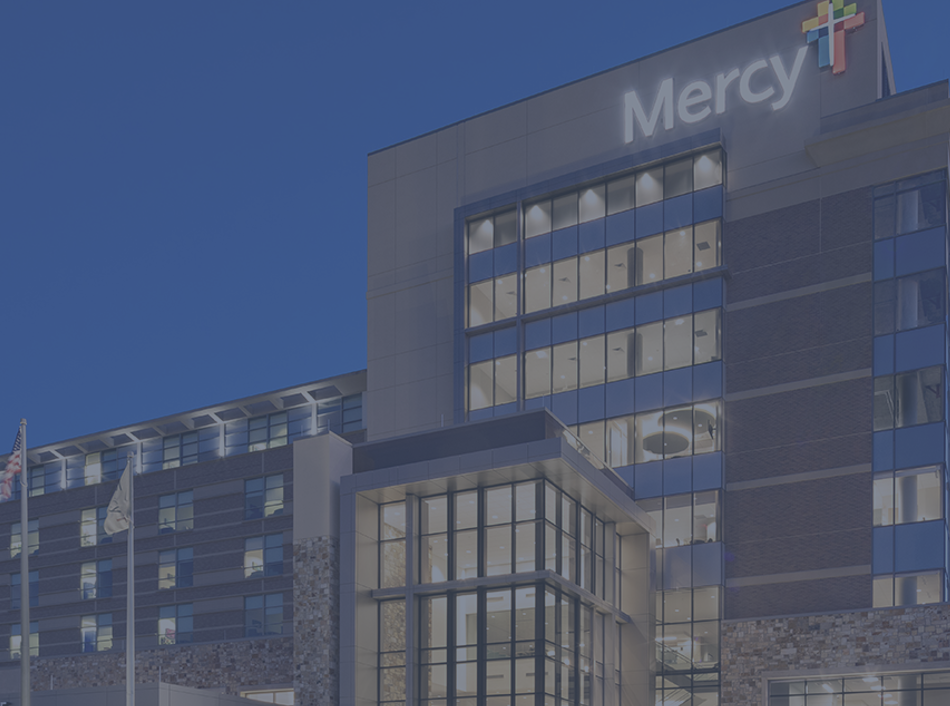Reconfiguration of Healthcare Industry Landscape Due to Economic Pressure
Last week, I kicked off my new blog series on the six key predictions I expect to have the greatest impact on the healthcare industry in 2021. This week, we move from my prediction for the acceleration of healthcare reform to prediction number two: Reconfiguration of healthcare industry landscape because of economic pressure.
We always thought that the healthcare industry would not get impacted by any economic crisis and is recession-proof, as has been the case. However, the pandemic proved us wrong and hit the heart of the healthcare system - acute care delivery. The cancellation of procedures and a decline in the volume of elective procedures created a revenue shortfall to cover expenses for healthcare systems. However, this financial fallout from the pandemic for the hospital systems did not slow down the pace of hospital mergers. In fact, despite the pandemic, mergers and acquisitions (M&A) activity was mostly on par in Q3 of 2020 with previous years’ third quarter (Exhibit 1). This is perhaps not a surprise, given that the revenue crunch turned into an existential threat for some hospitals.

Exhibit 1. Kaufman Hall M&A Quarterly Activity Report: Q3 2020
Adding to the economic pressure is a decrease in commercial insured patients as job losses remain high. In a recent survey, 70% of the finance executives said that they expect an increase in Medicaid and self-paid patients due to the slowdown in the economy because of the pandemic. (1.1)
Because of the squeeze in provider revenue and an increasing shift in the payer mix towards more government-funded programs like Medicaid, we predict that the pandemic will accelerate M&A activities within the healthcare industry.
M&A will remain a central theme for 2021.
Already stressed health systems with negative to low margins are likely to go bankrupt or get acquired because of the added financial burden from COVID-19; we will see an uptick in the acquisition of struggling providers after the pandemic begins subsiding. Mergers are also likely to continue as systems pivot toward more virtual care. Some providers will seek mergers to develop a broader portfolio of services, while others may consolidate to survive. With several mega-mergers among hospitals – Intermountain-Sanford, Atrium- Wake Forest Baptist, Cone-Sentara, and Novant-UNC Health to name just a few of the top 10 mergers – 2020 has already turned out to be a transformational year.
Deal-making at the top end of the market picked up significantly in the second half of 2020, including the $39 billion purchase of Alexion Pharma by Astra Zeneca, illustrative of the growing allure of the rare disease market, driven by the promise of personalized medicine and low-cost gene sequencing. M&A has also been propelled by the rapid changes to the industry driven by digitization and analytics, which prompted Teladoc to buy Livongo. For 2021, consolidation will remain a key theme, prompted by the need to build out drug pipelines, enhance digital capabilities, gain economies of scale, and (in the case of health systems) gain contracting negotiating power over payers, even as the pandemic subsides.
More investments focused on back-to-basics of healthcare.
2020 saw a sharp rise ($21.5 billion) in healthcare innovation funding (Exhibit 2), and the success of recent healthcare IPOs (e.g., Oak Street, Accolade, One Medical) has spawned new interest among systems, payers, and venture capital firms to invest in start-ups. The pandemic and its severe impact on our way of life and the economy are spurring innovators and investors solve the fundamental issues of healthcare – quality, cost, and access – and we expect continued heavy investments in start-ups in those areas. These start-ups span automation, AI, robotics, analytics, telehealth, insurance, pharmacy, wellness, cancer detection, digitization of patient experience, and wearables. According to a recent report from CrunchBase, digitization of patient experience will be one of the major focus areas for healthcare investments and IPOs in 2021. With data infrastructure being the backbone of much of the healthcare system and its goals, this area will also receive increasing investments.

Exhibit 2: Startup Health Insights 2020 Year-End Report on Health Innovation Funding
Increased competition from retailers.
85% of Americans live within a 15-minute drive to a Walmart, putting it in a prime position to serve local populations. Walmart Health launched its first clinic in 2019, attached to its store, with a flat fee structure, intending to serve its core customer demographic. With great success and bold ambition, expect Walmart to provide multiple care services under one roof and eventually become a significant force in the healthcare ecosystem. Target, the competing superstore, has chosen the partnership route, with Kaiser Permanente and CVS Minute Clinics running its in-store clinics. On the other hand, CVS Health has taken a similar retail clinic approach with its health-hub model. For 2021, expect providers to face new competition from these sources and for the healthcare landscape to look very different.
Summary
Much of the reconfiguration of the industry landscape was already in progress before the pandemic hit; however, the pandemic did influence the direction, nature, and speed of the changes. Everyone in the healthcare value chain – payers, providers, health-tech companies, pharma, and others – is impacted. We, therefore, expect 2021 to be a big year for innovation, making healthcare more efficient and convenient for consumers.
Contact us here to learn more or to get started with us today.
Sources
- Healthcare Financial Management Association Guidehouse Center for Health Insights
- Startup Health Insights 2020 Year-End Report on Health Innovation Funding





